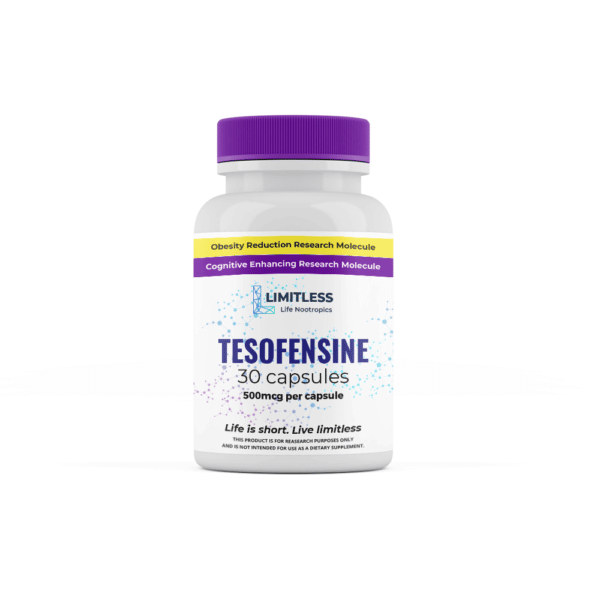
September 5, 2024
Pharmaceuticals Totally Free Full-text Weight Problems Medication Upgrade: The Shed Decade?
Weight-loss: Leading 3 Methods To Treat Excessive Weight Simultaneously, the expression of and level of sensitivity to anorexigenic neuropeptides reduce in these same locations to constitute a double-barrelled defence of body weight111,112,113. Simultaneously, the density and toughness of the orexigenic agouti-related peptide (AgRP)/ neuropeptide Y (NPY) fibres that predict from the arcuate center (ARC) to the paraventricular hypothalamic centers raise in action to prolonged fasting. This renovation of the ARCAgRP/NPY forecasts associates with boosted activation of paraventricular hypothalamic centers neurons with the objective to restore food intake114. One more obstacle in weight reduction pharmacology is that consistent elevation of adiposity signals such as leptin and insulin cause desensitization, bring about an impaired responsiveness of this homeostatic system115,116,117.Excessive Weight
Is tesofensine a GLP-1?
A number of anti-obesity medications that target GLP-1 receptors have actually just recently involved the market. Right here, we explain the effects of tesofensine, a novel anti-obesity medication that acts as a three-way monoamine neurotransmitter reuptake prevention.
Cravings Suppression
Screenings for novel leptin-sensitizing particles utilizing the bioinformatical Connectivity Map (CMAP) tool caused the recognition of the plant constituents celastrol and withaferin A, which raise leptin sensitivity and reduce body weight of obese mice (93, 94). The leptin-sensitizing residential or commercial properties of celastrol were later confirmed (95) and attributed to the hypothalamic restraint of the protein tyrosine phosphatases PTP1B and TCPTP (96) and to an upregulation of the hypothalamic interleukin-1 receptor 1 (IL1R1) (97 ). Small-molecule CNS energizers have been revealed to take on both elements of the food reward system to inevitably suppress appetite. They have thus long been recognized as possible antiobesity medicines, and were the initial medications in use, as detailed listed below.- Weare now in a stage of treating obesity with reduced dosage medicine mixes actingthrough numerous monoamine pathways.
- The high failure rate in addition to uncertain glucagon receptor-mediated results in the latter research study warrant additionally examination.
- The most common side-effects included sleep disruption and gastrointestinal disorders, which were normally moderate to moderate in the high dosage group.
- To boost clinical efficiency of treatment, the breakdown-resistant analogs of OXM and intranasally provided analogs of PYY3-- 36 have been developed.
- Differences in the bioavailability of these compounds result in important differences in their biological actions.
Period Of Treatment With Antiobesity Medicines
Significant weight reduction observed among epileptic clients that were suggested topiramate resulted in the examination of the medicine in scientific studies to learn its impact on obesity. Animal researches have actually recommended that topiramate increases thermogenesis and acts as a neurostabilizer; nonetheless, the activities of topiramate on the CNS have actually not been entirely comprehended [34, 35] A phase II dose-ranging research of liraglutide was performed in overweight subjectsto check out the impacts on food consumption and body weight. High blood pressure wasreduced in all liraglutide teams from baseline and the prevalence ofpre-diabetes in the 3mg team was reduced by 96%. Additionally, it will certainly relate to recognize the distinction either in the circulation or physical residential properties of the receptors indirectly targeted by tesofensine in obese versus lean computer mice. These research studies will clarify the neurochemical account of each appetite suppressant and will certainly lead us in categorizing and combining them better. Therefore, the motor effects of tesofensine were contrasted versus phentermine, a trademark dopamine-acting hunger suppressant. Our study group recently reported that head weaving stereotypy is an usual side effect of a lot of hunger suppressants, especially those acting to boost DA efflux, such as phentermine [15, 25] For that reason, we identified the tesofensine-induced stereotypy results compared with phentermine, an amphetamine congener that served as a positive control. Lorcaserin is a 5-HT2C receptor agonist with much decreased affinity for various other serotonergic receptors. The improved selectivity for the 5-HT2C receptor was developed to boost the safety and security profile relative to much less careful fenfluramine to decrease the danger for PPH. Although lorcaserin is well tolerated, there are no lasting cardiovascular safety studies65. The medicine ought to not be supplied monoamine oxidase preventions, serotonin reuptake inhibitors, serotonin-- norepinephrine reuptake inhibitors or other serotonergic drugs40. Between 0.125 and lmg, there was a dose-dependent blockade ofbinding, and striatal dopamine carrier occupancy varied between 18% and 77%. in a sigmoid- designed Emax (maximum impact attributable to the drug) connection. The sigmoid Emax design is a mathematical design that explains theconcentration- impact connection of a medicine where the curve obtains even more sigmoidin shape as the variety of molecules binding to the medication receptor rises. Themaximal tenancy was 80% and the dose at half tenancy was 0.25 mg with a serumlevel of 4ng/mL. These results recommended that tesofenine-induced reduction infood consumption was partially moderated by up-regulation of dopaminergic pathways dueto blockade of presynaptic reuptake [120] Liraglutide 3mg is provided subcutaneously on a daily basis, and thedose is begun at 0.6 mg and boosted by that amount regular up until 3mg isreached. The medicine is contraindicated while pregnant and in individuals with apersonal or household background of medullary thyroid cancer cells or numerous endocrineneoplasia type 2. Naltrexone is an opioid villain and is accepted for therapy of alcohol and opioid addiction; it functions by obstructing opioid receptors in the mind. It has likewise shown effectiveness in treatment of betting disorder in addition to alcohol and opioid dependency (Give, Kim, & Hartman, 2008; Give, Odlaug, Potenza, Hollander, & Kim, 2010). Bupropion is currently approved to treat anxiety along with smoking cessation and is thought to raise dopamine task in particular receptors of the brain. Contrave attained a 6.1% weight management at both 28 weeks and 56 weeks of treatment, contrasted to 1.3% of sugar pill (Aronne et al., 2008; Orexigen Therapeutics, 2009b). 

Social Links